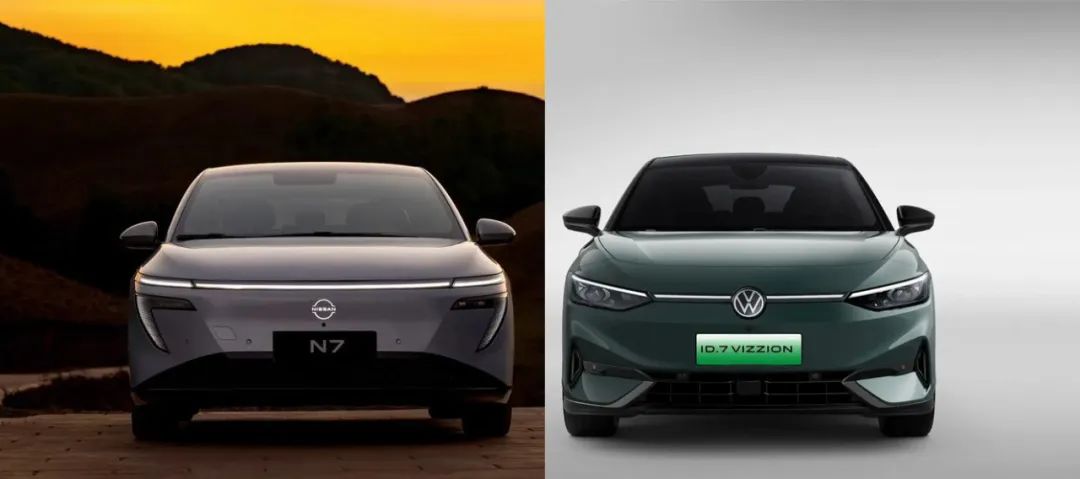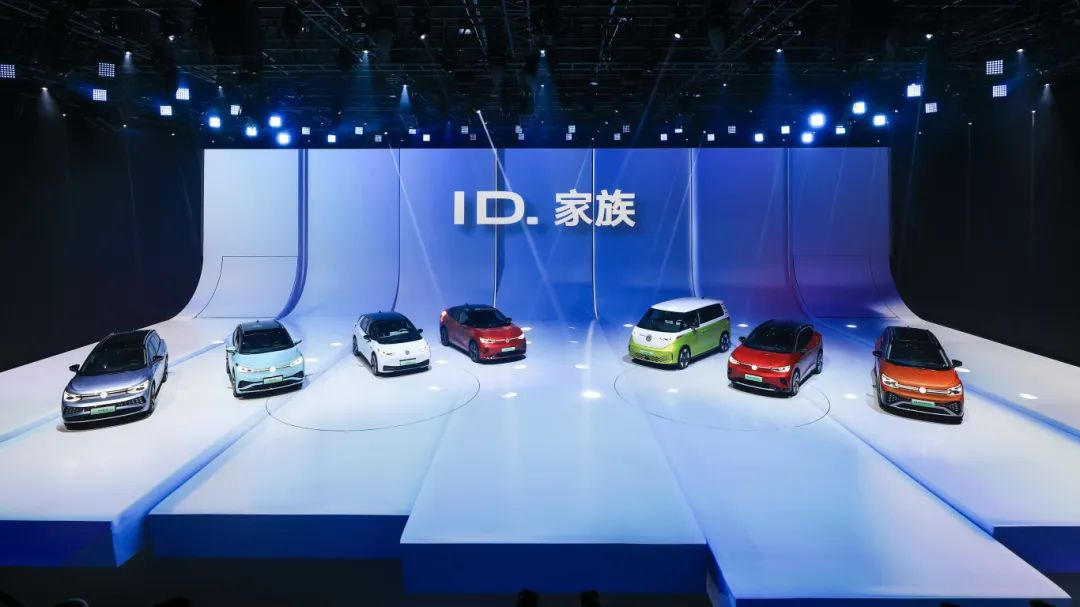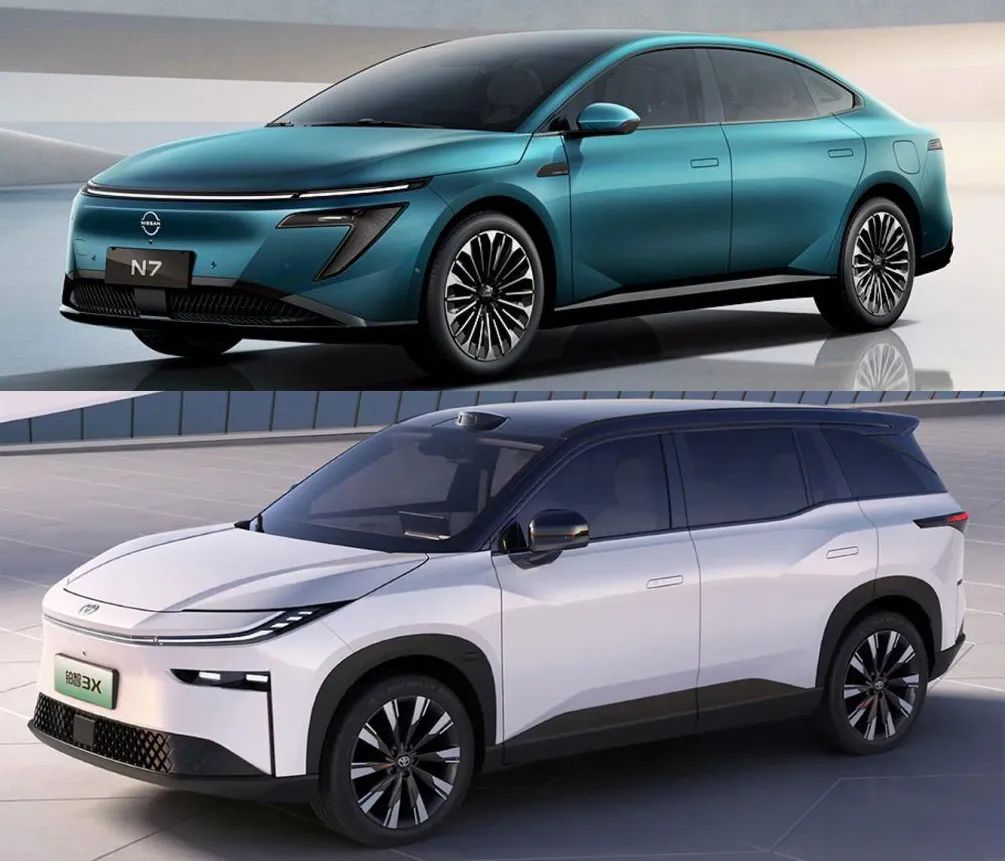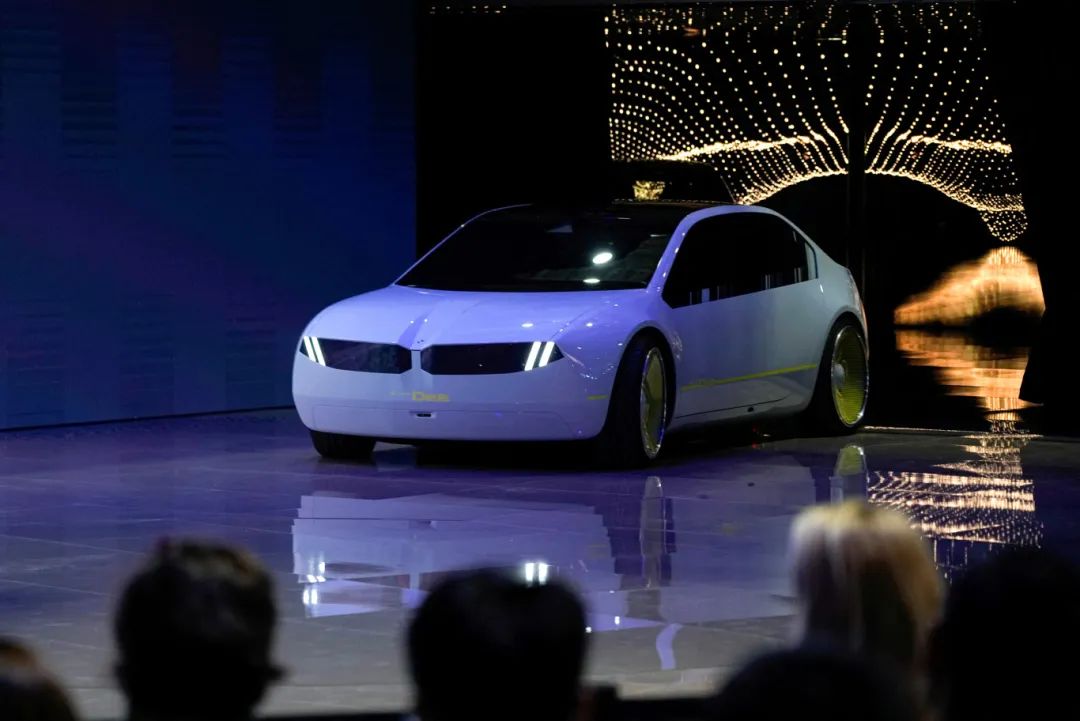Who is More Chinese-Adapted: German or Japanese Carmakers?
![]() 06/12 2025
06/12 2025
![]() 563
563

Introduction
The Chinese market is beginning to offer remedies to the ills plaguing traditional automakers.
Germany, a crucial birthplace of the global automotive industry, finds its leading carmakers ensnared in an unprecedented crisis.
Firstly, Chinese competitors are mounting fierce attacks. In recent years, China's automotive industry has surged ahead in electrification and intelligence. Equipped with advanced technology, innovative design, and highly competitive prices, many Chinese automakers have not only secured a significant share of the domestic market but also aggressively expanded into overseas markets.
Secondly, tariff barriers imposed by former US President Trump have dealt a heavy blow to German carmakers' export business. High tariffs have stripped German cars of their price advantage in the US market, leading to a steep decline in sales and severe compression of corporate profits.
Moreover, the fluctuating demand for pure electric vehicles in the European market has added uncertainty to German carmakers' transformation path. While European countries vigorously promote the electrification process, consumer acceptance of pure electric vehicles remains hindered by factors such as incomplete charging facilities and range anxiety, resulting in demand fluctuations.
The recent somber tone of news reports about German carmakers is a direct reflection of these crises:
- In April, Mercedes-Benz withdrew its full-year forecast, citing "market fluctuations caused by US import tariffs".
- Porsche lowered its profit expectations due to a decline in profit margins in the first quarter.
- Audi announced in March that it would cut 7,500 jobs at its German plants by 2029 to save 1.1 billion euros in expenses.
- Previously, Audi's parent company, Volkswagen Group, planned to lay off 35,000 workers in Germany by 2030 to implement radical reforms.
Amidst these challenges, a core issue arises: How can the German automotive industry break the deadlock and rejuvenate?
01 "Mindset Problem"
Amidst the rapidly evolving automotive industry, German carmakers are confronted with several severe challenges, with the "mindset problem" being particularly prominent. Pedro Pacheco, Vice President of Research at Gartner, points out that German carmakers somehow find themselves trapped in their past success, struggling to break free and push for fundamental changes.
German carmakers dominate the traditional fuel vehicle sector, renowned globally for their exceptional ability to manufacture high-performance luxury vehicles with internal combustion engines. However, this illustrious achievement has become a stumbling block for their transformation. For a long time, they have focused their main energy and resources on the traditional fuel vehicle business, giving insufficient attention to the fields of electrification and software.

Although electrification and software are considered the primary growth drivers of the future automotive industry, German carmakers, complacent due to their traditional business success, are reluctant to prioritize them for development. As Pacheco notes, this undoubtedly creates a profound contradiction and mindset dilemma for carmakers adhering to traditional thinking.
They find it difficult to comprehend why software or electrification would surpass producing cars, their core business.
The consequences of this mindset are evident in the Chinese market. Currently, the Chinese market rates German carmakers' performance in electrification and software as merely "average." This status quo has presented competitors focusing on electric vehicles and digital solutions with excellent opportunities to swiftly capture market share in China, the world's largest automotive market.
Sales data for the first quarter of this year offers compelling evidence, with Porsche's sales in China plummeting by 42%, BMW declining by 17%, Mercedes-Benz falling by 9.5%, and Audi decreasing by 7%. This series of bleak figures serves as a wake-up call for German carmakers.
From a market perspective, German carmakers are overly reliant on the Chinese market. Over the decades, German carmakers have invested substantially in China, reaping generous rewards from the market's booming development. However, with the rise of local Chinese competitors, the market rules are undergoing profound changes.

Chinese competitors are not only more dynamic and innovative but also provide products that excel in traditional advantages such as reliability and safety at competitive prices. Especially the fierce internal competition among local pure electric brands, which gives Chinese brands a cost advantage of about 20% compared to non-Chinese competitors.
Additionally, changes in the international trade environment have added further pressure on German carmakers. However, Ferdinand Dudenhoeffer, director of the Bochum Center for Automotive Research in Germany, believes that Trump's trade war will soon be a thing of the past, and in the future, countries should cooperate more closely, with tariffs and trade wars being mere historical issues.
At the same time, German carmakers are also facing the challenge of waning demand for pure electric vehicles. Data from market research firm Dataforce shows that sales of pure electric vehicles in Germany fell by 27% year-on-year to 381,722 units in 2024. Although Volkswagen has set an ambitious goal of selling 4 million vehicles annually in China by 2030, the path to achieving this goal is fraught with uncertainties.
If German carmakers wish to maintain their leading position in the future automotive market, they must overcome their mindset, accelerate their layout and transformation in electrification and software, and respond to increasingly fierce market competition and ever-changing market demands.
02 The Way Out: Deep Localization in China
As the automotive industry accelerates its transformation towards electrification and intelligence, German carmakers are facing unprecedented challenges. Compared to Japanese carmakers' active layout and successful cases in the Chinese market, the transformation path of German carmakers appears more tortuous. At this juncture, "deep localization in China" has become the key for German carmakers to break the deadlock.
Dudenhoeffer, director of the Bochum Center for Automotive Research in Germany, emphasizes that German carmakers need to implement a "fusion of Chinese and Western" strategy. In this regard, Volkswagen Group's "in China, for China" layout serves as a model.
Through joint ventures with long-standing partners such as SAIC and FAW, Volkswagen Group produces localized Volkswagen, Audi, and Skoda brand models in China. This strategy of deeply integrating into the Chinese market enables Volkswagen Group to better understand the needs and preferences of Chinese consumers, thereby launching products that better meet market demands.
In stark contrast, Japanese carmakers are also actively expanding in the Chinese market. The GAC Toyota Platinum Smart 3X and Dongfeng Nissan N7 are prime examples, fully demonstrating Japanese carmakers' profound understanding and precise grasp of the Chinese market.
The GAC Toyota Platinum Smart 3X also keeps pace with the Chinese market trend in intelligent technology configuration, offering users a convenient and comfortable driving experience. Dongfeng Nissan N7 has won widespread recognition from Chinese consumers with its excellent localized configuration. These successful cases illustrate that only by deeply integrating into the Chinese market can one stand out in fierce competition.

In terms of pricing, these two models also demonstrate a precise grasp of the Chinese market. Both GAC Toyota Platinum Smart 3X and Dongfeng Nissan N7 have abandoned the previous strategy of overpricing some joint venture models, entering the market with affordable and competitive prices, occupying an advantage in cost performance, and further catering to Chinese consumers' pursuit of high quality and cost ratio, helping them gain a firm foothold in the competition.
In the fields of digitalization and battery technology, German carmakers also need to re-evaluate their strategies. Dudenhoeffer believes that the Germans have realized that the future of digitalization and battery technology lies in China rather than Europe. Sweden's Northvolt, once seen as Europe's best hope for a local battery champion aiming to compete with Asian battery enterprises, announced its bankruptcy filing on March 12.
This incident underscores the futility of continuing to support enterprises like Northvolt, as they will never be able to compete with giants like CATL that benefit from China's innovation. China boasts a complete industrial chain and robust innovation capabilities in digitalization and battery technology. German carmakers should actively cooperate with Chinese enterprises to jointly promote technological progress and application.
Pacheco of Gartner underscores, "Now is the time to initiate deep changes." German carmakers must hold onto the Chinese market, as such a vast sales gap is difficult to compensate for in other regions. However, holding onto the market is not static, and the fundamental solution lies in reshaping corporate culture and breaking the traditional mindset of "automotive hardware supremacy".

In the era of traditional fuel vehicles, German carmakers dominated the world with their exceptional hardware manufacturing capabilities. However, in the era of electrification and intelligence, the importance of software and digital technology is increasingly prominent. German carmakers need to strive to gain dominance in the fields of electrification and software without sacrificing brand premium.
This means that German carmakers must increase investment in research and development, cultivate and attract outstanding software and digital talents, establish cooperative relationships with local Chinese technology enterprises, and jointly undertake technological research and innovation. At the same time, German carmakers also need to optimize supply chain management, improve production efficiency, reduce costs, and launch products that meet the needs of the Chinese market at more competitive prices.
In summary, "deep localization in China" is the key for German carmakers to break the deadlock. By implementing the "fusion of Chinese and Western" strategy and actively integrating into the Chinese market, reshaping corporate culture, German carmakers can regain their competitive edge in the era of electrification and intelligence, achieving sustainable development.
Editor: Yang Jing; Writer: He Zengrong








